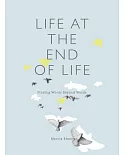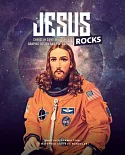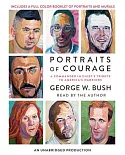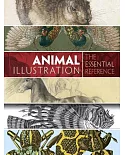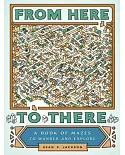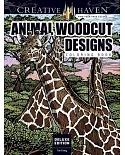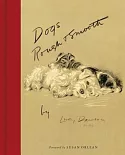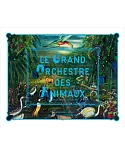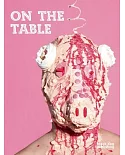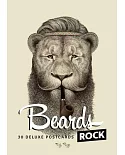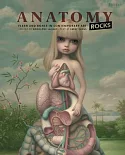The prime doctrine of alchemy was that what was above mirrored what was below. From this it follows that manipulating what was below could exert a profound influence upon the realm
above.Alchemy was a dual process in which physical and chemical or metallurgical changes had a parallel spiritual aspect, both personal and cosmic, so that the transformations occurred also
within the retort of the body of the practitioners of the art, who sought to transmute leaden consciousness to celestial transcendence and perhaps even manage to move the stars. What flowed
from the body of the deity, as an alchemical vessel, was a magical sacrament offering mystical communion with its divine source.The main focus of this study is van Eyck's Ghent Altarpiece known
as the 'Mystic Lamb.' It was intended as a complex talisman to influence the ascendancy of Burgundy and the coronation of its Duke, Philip the Good, as the Pope's choice to rule over the New
Jerusalem of John's Apocalyptic Revelation. Its completion coincided with the Duke's inauguration of the elite chivalric Order of the Golden Fleece. The river of the alchemical aqua vitae that
flows from the throne of God and the Lamb in the Altarpiece encodes the secret of their psychoactive initiatory Eucharist.The context for van Eyck's masterpiece includes the visionary
scholarship of the Jewish Cabbala and medieval Christian mystics, Chr矇tien de Troyes' Conte du Graal, and such other artistic masterpieces as St. Berward's Michaeliskirke, Filippo Lippi's
series of Adorations painted for his Medici patron's, and Petrus Christus' paintings for the Order of the Dry Tree, as well as other works of van Eyck and his contemporaries that were intended
to serve as aids for mystical meditation.A final chapter examines the nature of the Eucharist at the time John's Revelation.A DVD is included in the book.



